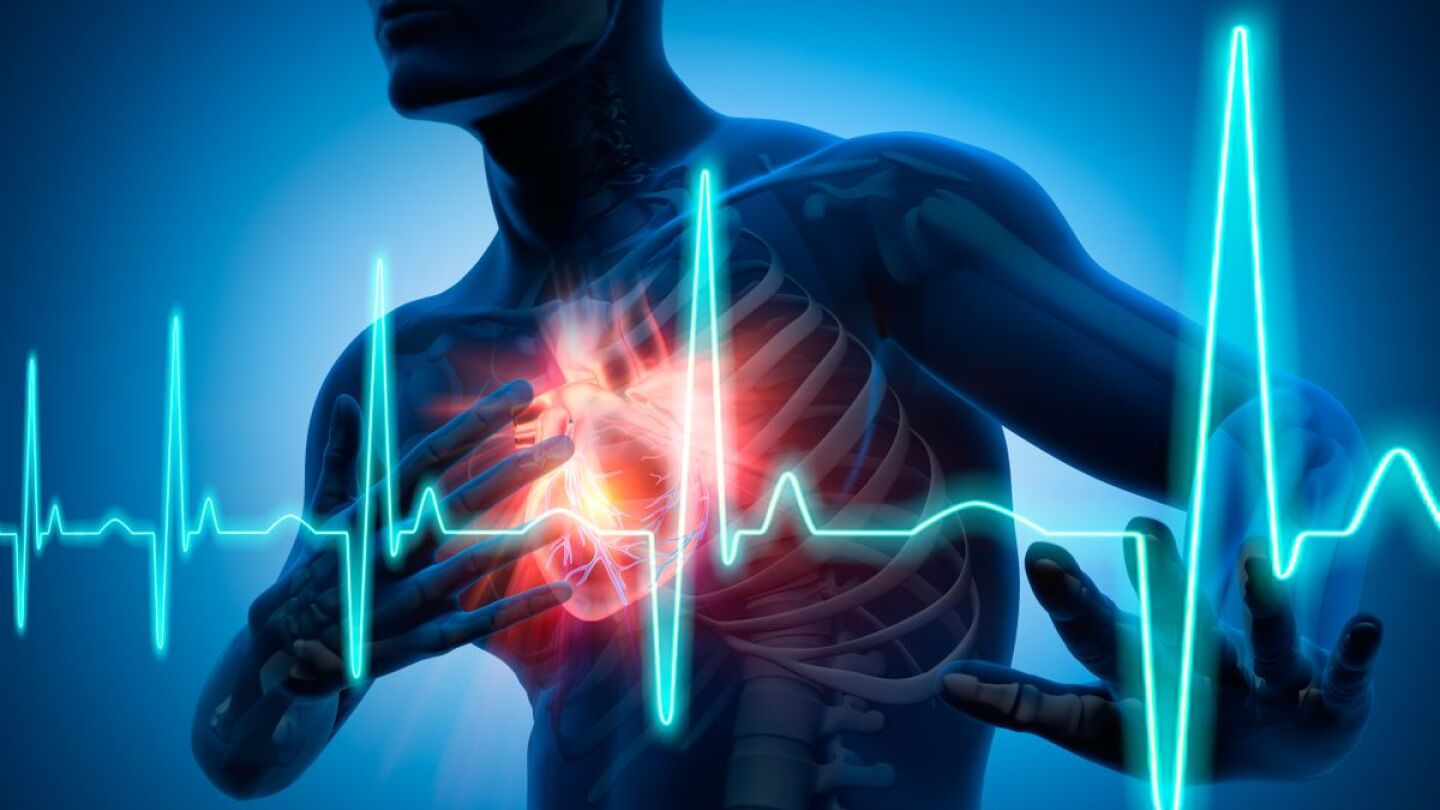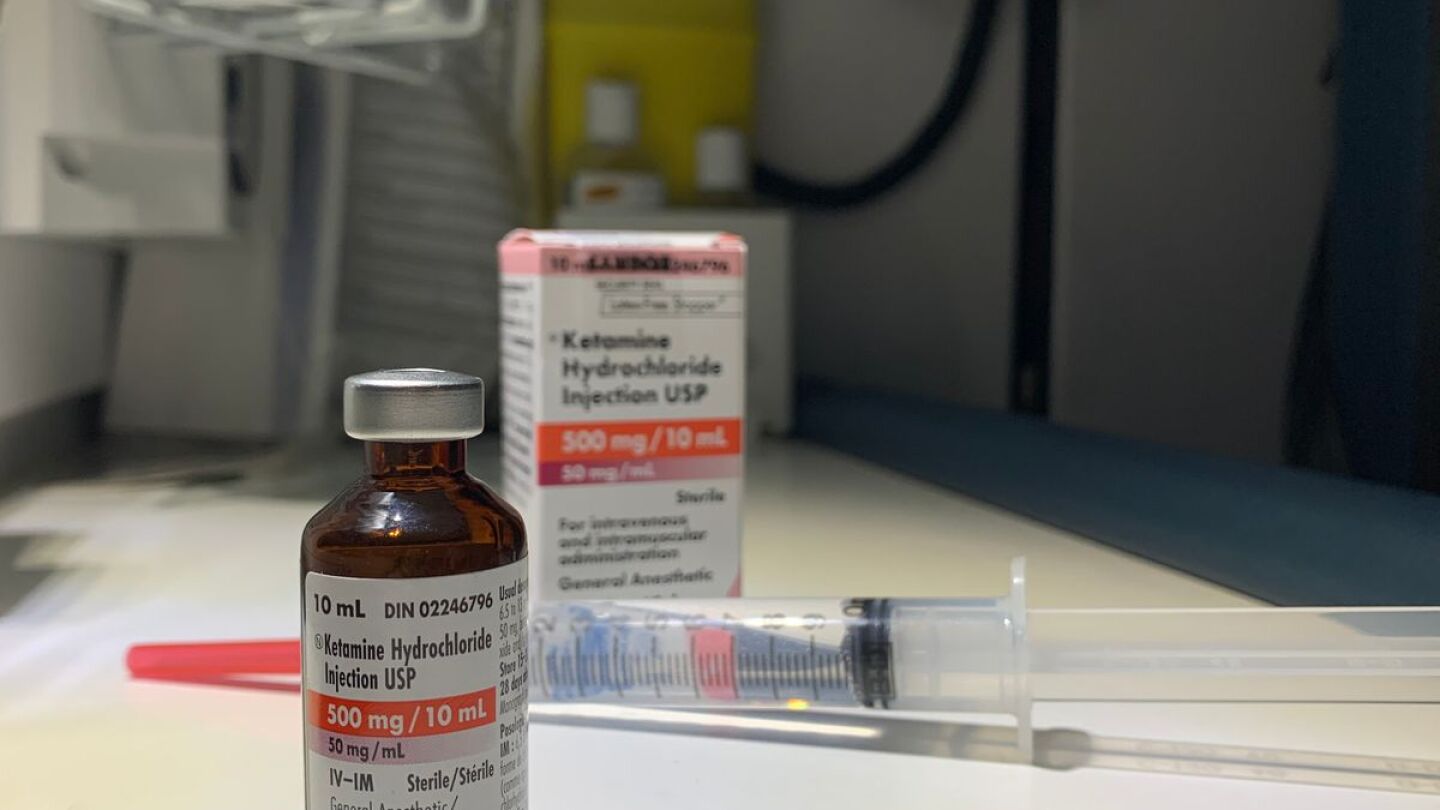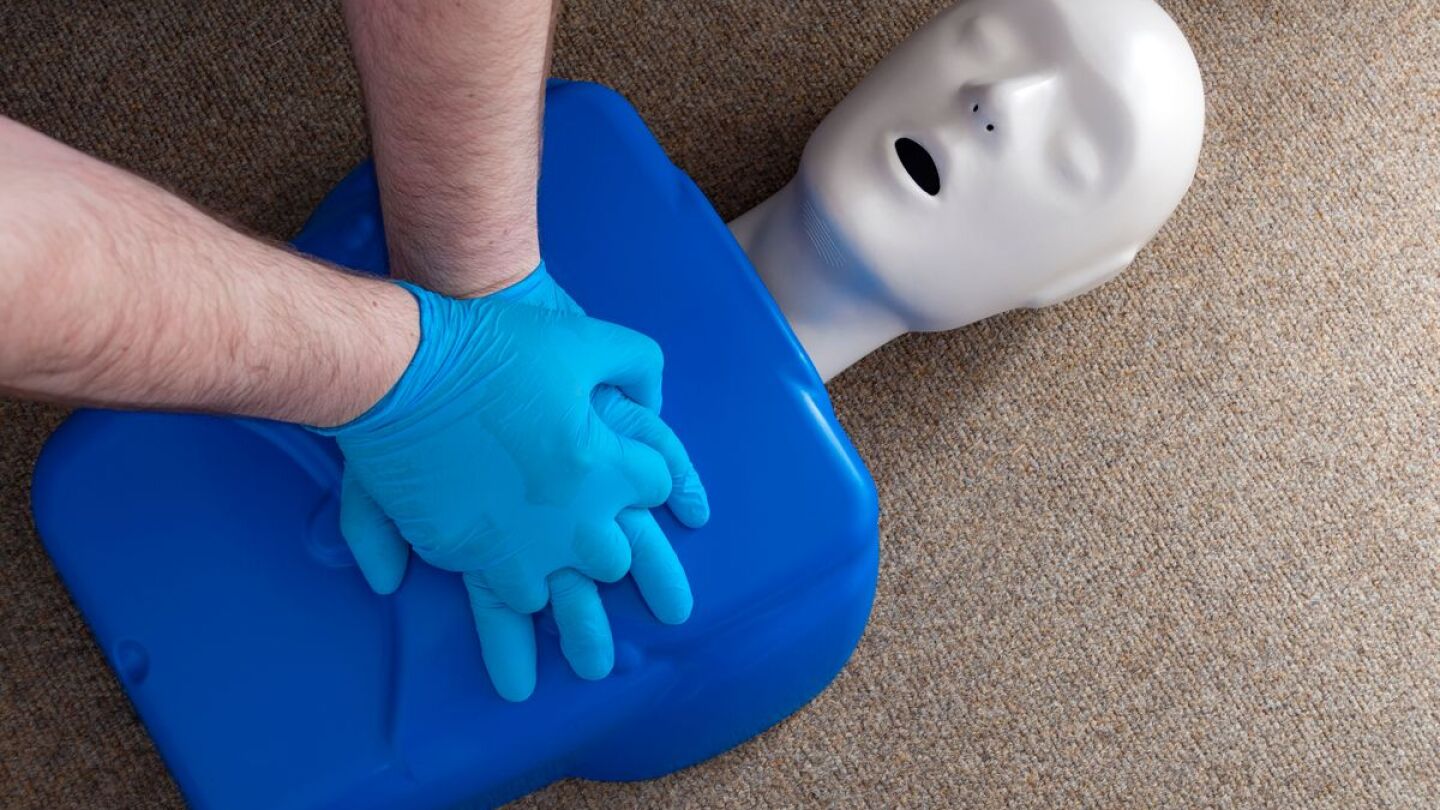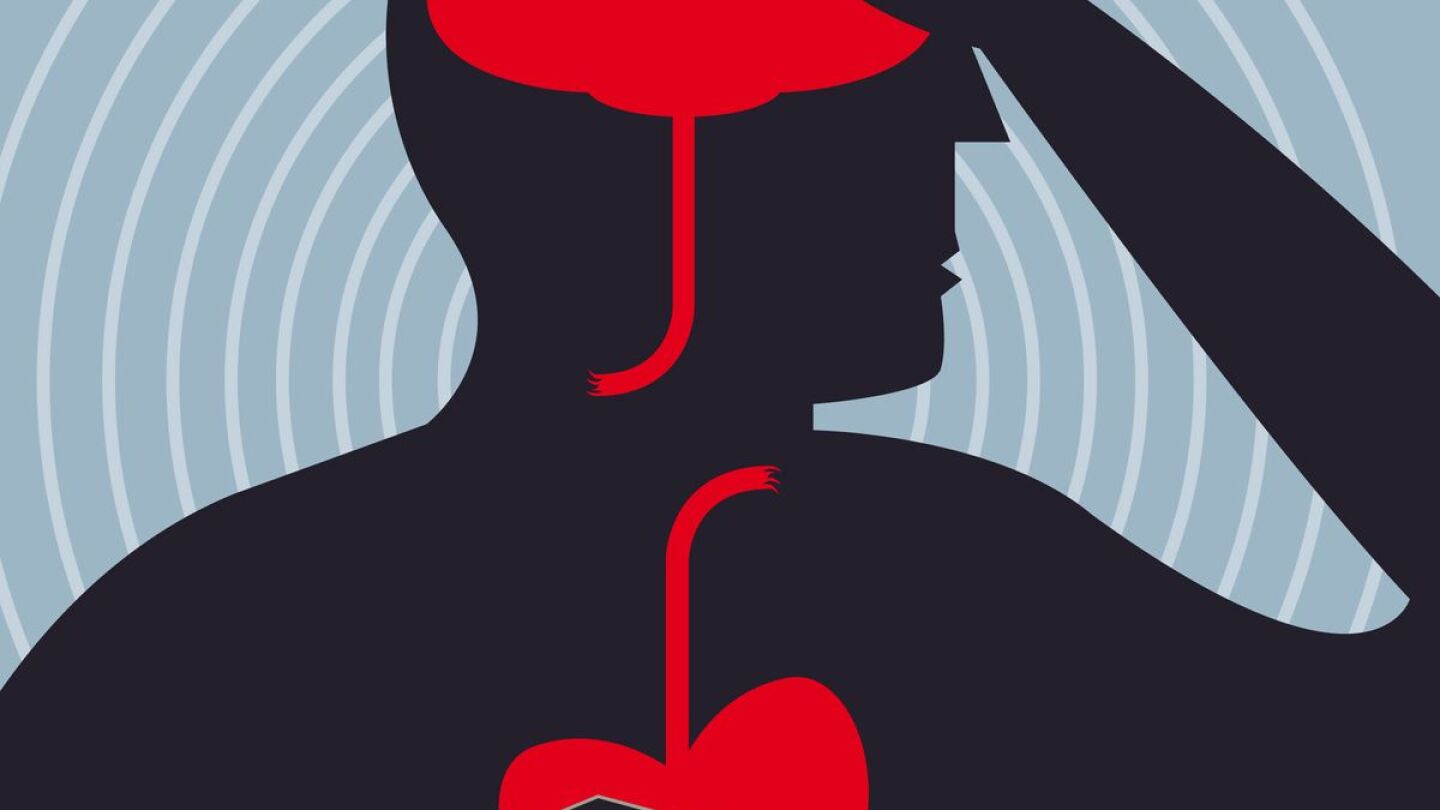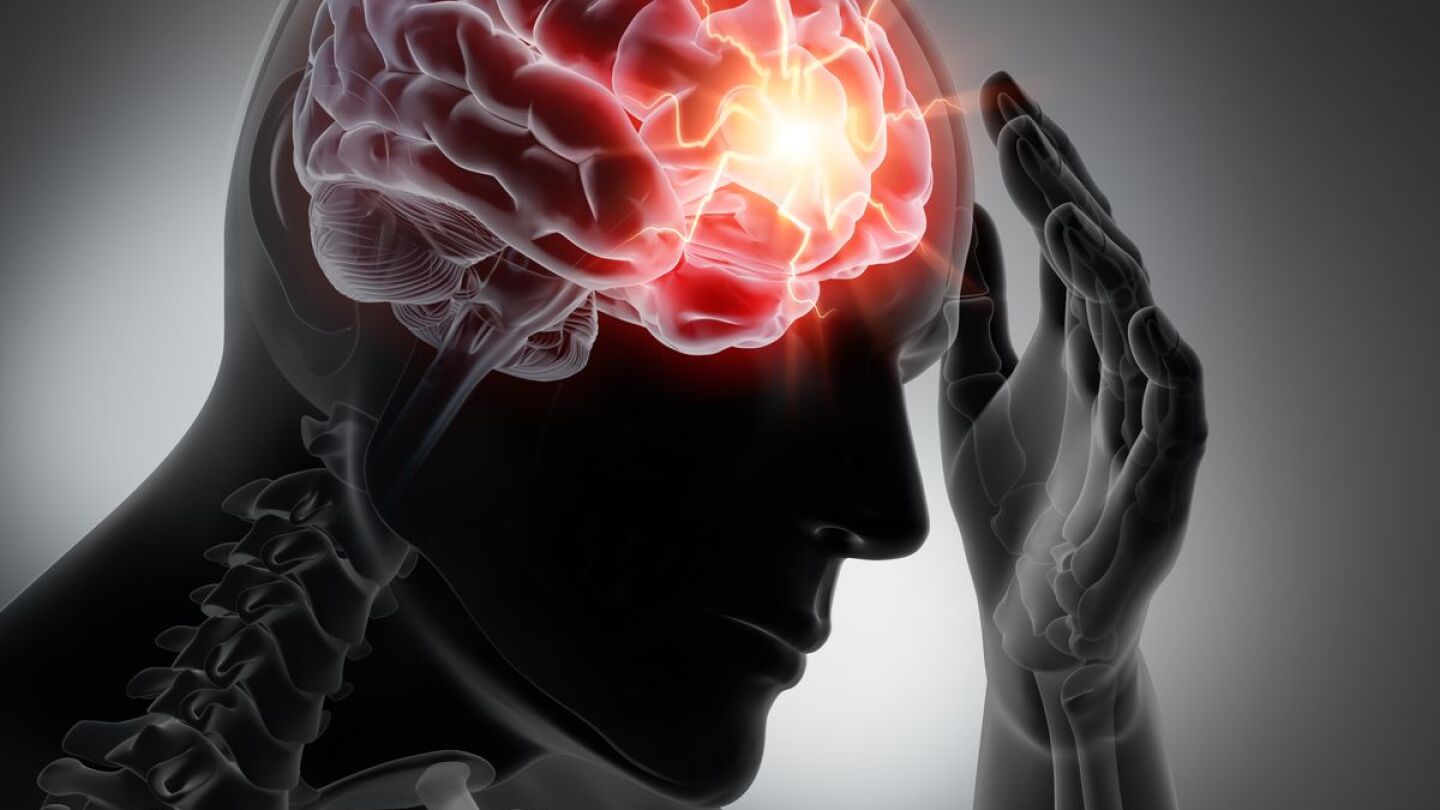Patient Assessment
Patient assessment is the process an EMT or paramedic follows to evaluate an injured or ill patient. The process includes a scene size-up, which is the identification and mitigation of risks, a primary assessment to find and fix life threats and a secondary assessment to perform a focused history and physical exam of the patient. Each step is an opportunity to collect information that will guide treatment and inform a transport decision. In the EMS1 Patient Assessment topic find the latest news about patient assessment and top resources to improve your patient assessment skills.
Watch as Steve Whitehead shares quick tips for improving stroke care
New solutions for higher standards of care
Dr. Amanda Berndtson shares the impact of wall-related injuries on EMS and hospitals in Southern Arizona and San Diego at NAEMSP Grand Rounds
Combatting the specific risk factors that increase the likelihood of bad decisions when providing emergency medical care
Answering your questions about trauma codes, on-scene times and needle decompression
While starting an IV or giving someone an IM injection doesn’t hurt you – the provider – a bit, that doesn’t mean it’s the most pleasant experience for the recipient
AHA CPR Guidelines 2020 continue to emphasize early recognition of cardiac arrest and prompt CPR beginning with chest compressions provides the best chances for survival
MedArrive aims to provide affordable at-home healthcare services by combining physician-led telehealth with hands-on care from EMS professionals
What the HALT-IT study reveals about the potential dangers of TXA for acute hemorrhage
Pre-planning and prevention are key to safety and efficiency when your crews are most vulnerable
Darrell Jennings and his family aided 28 neighbors in their living room after a violent EF-4 tornado tore through their Putnam County, Tennessee, neighborhood
Though their chief complaint of shortness of breath is the same, these patients develop dyspnea by different means
There is nothing fake or pseudo about the mortality rate of patients with PNES
A look at fever pathophysiology, causes and common treatments
The association between prehospital time and outcome of trauma patients in 4 Asian countries: A cross-national, multicenter cohort study
Learn how to utilize hospital outcome data to evaluate chemical sedation, including ketamine, benzodiazepine and anti-psychotics
Examining recommendations for EMS treatment of adult and pediatric cardiac arrest related to epinephrine, compression depth and rate, and double sequential defibrillation
Articles, explainer video, online course and more resources introduce updated guidelines to EMTs, paramedics and EMS students
In this episode, hear the experts discuss pitfalls and pearls regarding the unpredictable presentations that can occur in patients abusing methamphetamine.
Understanding the cellular action potential can help EMS providers determine why patients present with certain clinical findings
Test your knowledge on how the schoolhouse theory applies to the cellular physiology of magnesium
A detailed patient history and physical examination inform this diagnosis of exclusion after a brief resolved unexplained event (BRUE)
Know the difference between septic shock and cardiogenic shock and how to treat both in the field
Creating a safe scene begins with understanding how your patient’s mental and physical health connect, and in avoiding these pitfalls
In this episode learn the 5 diagnoses for altered mental status that can kill your patient emergently
Changing models of patient centered care demand EMS revamp the traditional refusal model and adopt collaborative informed decision making
Pre-hospital management of a traumatic brain injury: Saline, ketamine, TXA and finding the CO2 sweet spot
Identifying the conditions that can kill people emergently when they call 911 with abdominal pain
MCHD medical directors discuss three promising treatments for COVID-19, return to work guidance and complications presenting in pediatric patients
MedStar reported positive feedback about their protocol for evaluating and advising low-acuity patients showing possible COVID-19 symptoms
How do you assess and manage a patient with bradycardia?
Dramatic video shows the moment that a fire at a fireworks warehouse rocks the capital of Lebanon
Learn how to assess for deficiencies of a patient’s 3 Ps: pump, pipes and plasma













